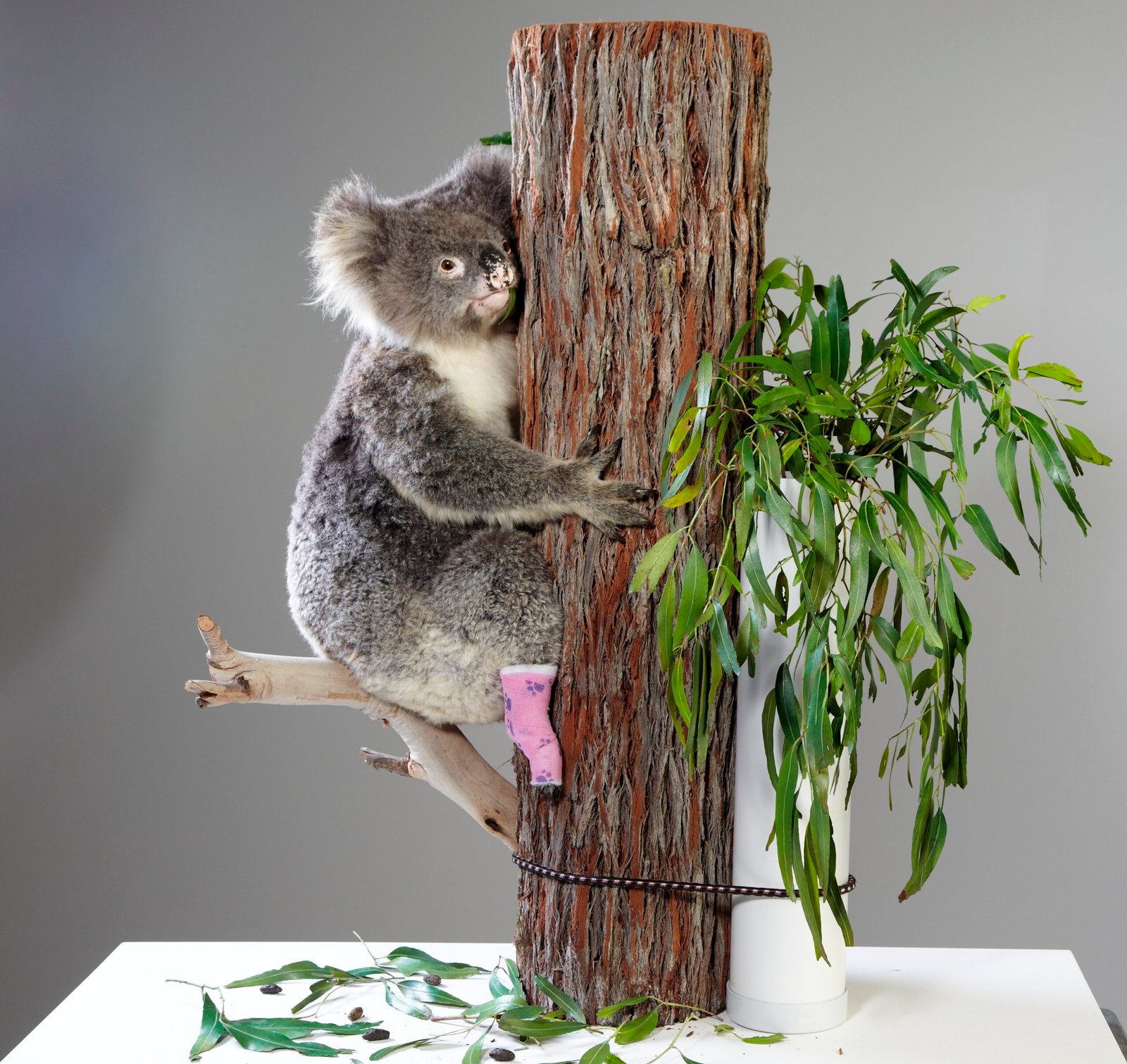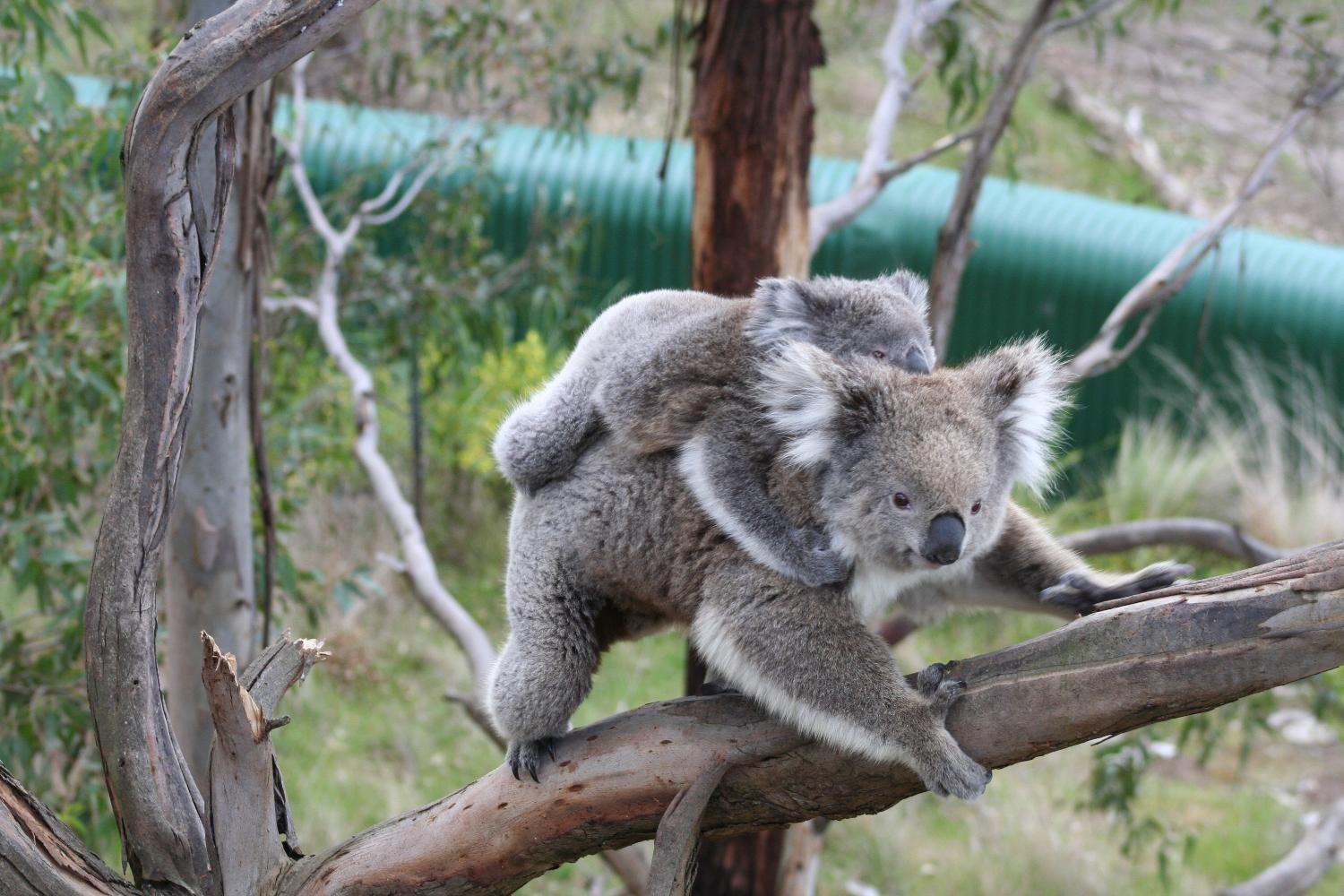Have you ever wondered what makes the koala so unique—and why these gentle marsupials spend almost their entire lives perched in eucalyptus trees, barely moving at all? On International Wild Koala Day, let’s dive deep into the mysterious world of the koala’s brain. Prepare to be surprised, inspired, and maybe even a little amused as we explore the remarkable science behind one of nature’s most beloved creatures.
Astonishingly Small, Yet Perfectly Adapted
The koala’s brain is shockingly small compared to its body size. Imagine holding a large grapefruit, but finding a walnut inside—that’s about the scale we’re talking about. In fact, the koala’s brain fills only about 60% of its skull, with the rest filled by fluid. Despite this, the koala’s brain has evolved to be highly specialized for its lifestyle. This small brain size is not a sign of stupidity but an adaptation to a low-energy diet, conserving precious resources in a challenging environment. It’s a powerful lesson in evolution: sometimes, less really is more.
The Mystery of the Smooth Brain
If you could look inside a koala’s skull, you’d notice something startling—their brains are almost completely smooth, lacking the deep folds and grooves (gyri and sulci) found in many mammals, including humans. These folds increase surface area, supporting more complex thought processes. Scientists believe the koala’s smooth brain is another adaptation to its specialized lifestyle. Koalas don’t need to solve puzzles or hunt; they need to remember which trees are safe and how to navigate their leafy world, and for that, a smooth brain suits them just fine.
Memory Masters of the Eucalyptus Forest
Despite their small, smooth brains, koalas possess an impressive memory for their environment. Imagine navigating a vast forest and remembering which trees have the tastiest and safest leaves. Koalas can recognize individual trees across large territories, relying on both visual and olfactory cues. This ability is critical for their survival, as some eucalyptus species are toxic or less nutritious. Their memory isn’t just about food; it also helps them avoid danger and find shelter, acting like a mental map of the Australian bush.
Sleepyheads by Design
Koalas are famous for sleeping up to 20 hours a day, and their brain explains why. Their main food, eucalyptus leaves, is low in calories and hard to digest, so the koala’s brain and body have evolved to use as little energy as possible. Think of it as running your phone on battery saver mode all the time. Their low metabolic rate, combined with a brain that doesn’t demand a lot of energy, allows them to survive on their meager diet. This makes them one of the most energy-efficient mammals on the planet.
Communication: More Than Meets the Ear
You might think of koalas as silent and solitary, but their brains are wired for a unique form of communication. Male koalas produce deep, bellowing calls that can be heard over considerable distances. These calls help them find mates and establish territory. The brain’s auditory regions are specialized to process these sounds and distinguish between individuals. Koalas also communicate through scent, rubbing special glands on trees to leave chemical messages—another task their brains are uniquely equipped to handle.
Instincts Over Intelligence?
Many people wonder if koalas are less intelligent because of their small, smooth brains. In truth, intelligence is relative. Koalas excel at what matters most for their survival—finding food, remembering safe routes, and avoiding predators. Their behaviors are driven largely by instinct, finely tuned over thousands of years. While they may not solve complex problems or use tools like some primates, koalas embody the kind of wisdom that comes from perfect adaptation rather than raw intellect.
Sensory Superpowers
The koala’s brain devotes a significant portion to processing smell and taste. These senses are crucial for distinguishing between the hundreds of eucalyptus species, many of which are inedible or even poisonous. With a sense of smell far keener than a human’s, koalas can detect subtle differences in chemical compounds. Their brain helps them make split-second decisions about which leaves are safe to eat, ensuring they get the nutrition they need without risking their health.
Navigation and Home Range
Koalas don’t wander aimlessly. Each individual maintains a defined home range, moving from tree to tree within that territory. Their brains help them remember the location of specific trees, water sources, and safe resting spots. This ability is especially impressive considering the vast, repetitive nature of the eucalyptus forest. Koalas navigate using a combination of memory, smell, and even touch—proving that even with a small brain, they’re masters of their domain.
The Challenge of Change

When habitat loss forces koalas into new areas, their highly specialized brains can struggle to adapt. They rely so heavily on memory and familiar scents that sudden changes can be disorienting and dangerous. Relocation or deforestation can lead to confusion, making it harder for koalas to find food and shelter. This highlights how finely tuned their brains are to their environment—and how vulnerable they become when that environment disappears.
What We Can Learn from Koala Brains

The koala’s brain teaches us that intelligence comes in many forms. Humans often judge animals by how closely their brains resemble our own, but the koala is a reminder that nature values efficiency and specialization just as much as innovation. Their brains are marvels of evolutionary engineering, perfectly matched to a unique way of life. As we celebrate International Wild Koala Day, we’re reminded that every creature, no matter how sleepy or slow, has a story worth learning and protecting.
Koalas’ brains may not win any awards for size or complexity, but they are a testament to the quiet genius of adaptation. Isn’t it astonishing how evolution finds the perfect solution—even if it means doing things a little differently than we expect?



